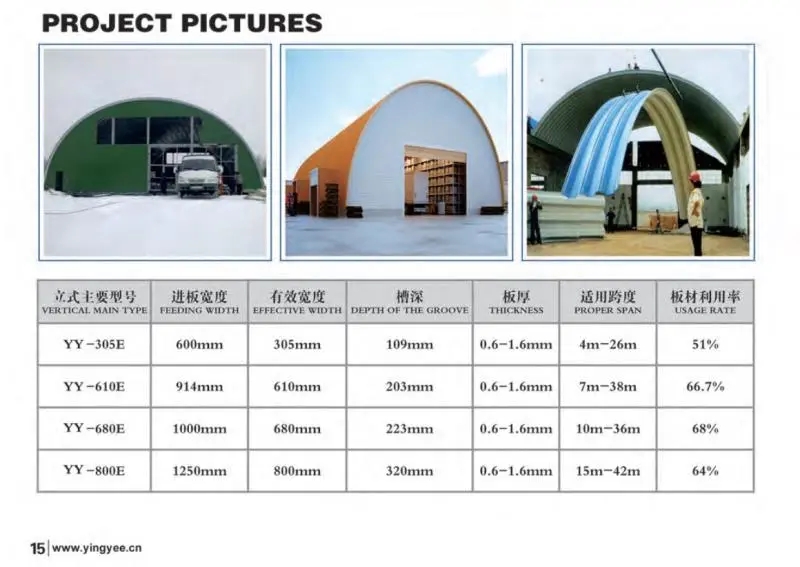
The Importance of Truck Fender Cold Bending Machines
In the automotive manufacturing industry, precision and efficiency play crucial roles in ensuring that high-quality components are produced. One of the less discussed yet vital machines in this industry is the truck fender cold bending machine. This specialized equipment is designed to shape metal sheets into fenders, which are essential components of trucks and other heavy vehicles. Understanding the functionality and significance of these machines can provide valuable insights into modern manufacturing processes.
What is a Truck Fender Cold Bending Machine?
A truck fender cold bending machine is a specialized piece of equipment used for shaping metal sheets, typically made from steel or aluminum, into the required profiles for truck fenders. The term cold bending refers to the process of bending metal without inducing heat, which helps maintain the material's structural integrity and ensures a higher quality finish. Usually, these machines employ advanced technology, such as CNC (Computer Numerical Control), to achieve precise measurements and angles when bending.
Advantages of Cold Bending
Cold bending offers several notable advantages compared to hot bending processes. First and foremost, cold bending minimizes the risk of warping or altering the metal’s structural properties. When heat is applied, metals can lose their strength or become malleable, which can lead to a decrease in quality. Cold bending machines also offer high precision, which is essential for components that must fit seamlessly onto vehicles. The accuracy achieved by these machines reduces waste and the need for extensive post-bending adjustments.
Additionally, the cold bending process is more environmentally friendly than hot processes, as it consumes less energy and typically requires no additional chemical treatments for surface preparation. This sustainability aspect is becoming increasingly important in today’s manufacturing landscape, where companies are under constant pressure to reduce their carbon footprints.
Applications in Truck Manufacturing

Truck fenders are critical components that protect the vehicle’s wheels and enhance its aerodynamics. Fender designs must accommodate various styles and sizes of trucks, ranging from light-duty to heavy-duty classifications. With the advent of truck fender cold bending machines, manufacturers can produce fenders with complex geometries and designs that meet diverse requirements.
Moreover, the rise of electric and hybrid trucks necessitates innovative fender designs that accommodate new technologies while retaining durability and aesthetic appeal. Cold bending machines allow manufacturers to adapt quickly to these changing demands by facilitating rapid prototyping and production runs.
Technological Innovations
Modern truck fender cold bending machines are equipped with various technological innovations that improve production efficiency. Features such as automated bending systems, real-time monitoring, and integrated software solutions make it possible to streamline the bending process. These innovations not only enhance productivity but also reduce labor costs and mitigate the potential for human error.
For instance, CNC technology allows for programmable operations that enable multiple designs to be produced with minimal adjustments. This adaptability is crucial in a market where consumers are increasingly demanding customized vehicle options, which can include specific fender shapes and finishes tailored to individual preferences.
Conclusion
In conclusion, the truck fender cold bending machine is a cornerstone of modern truck manufacturing. Its benefits, including precision, sustainability, and adaptability, make it an invaluable tool in producing high-quality truck fenders. As the automotive industry continues to evolve with emerging technologies and changing consumer preferences, cold bending machines will play an essential role in the efficiency and progress of manufacturing processes. Investing in these machines not only enhances production capabilities but also ensures that manufacturers remain competitive in an ever-changing market landscape.